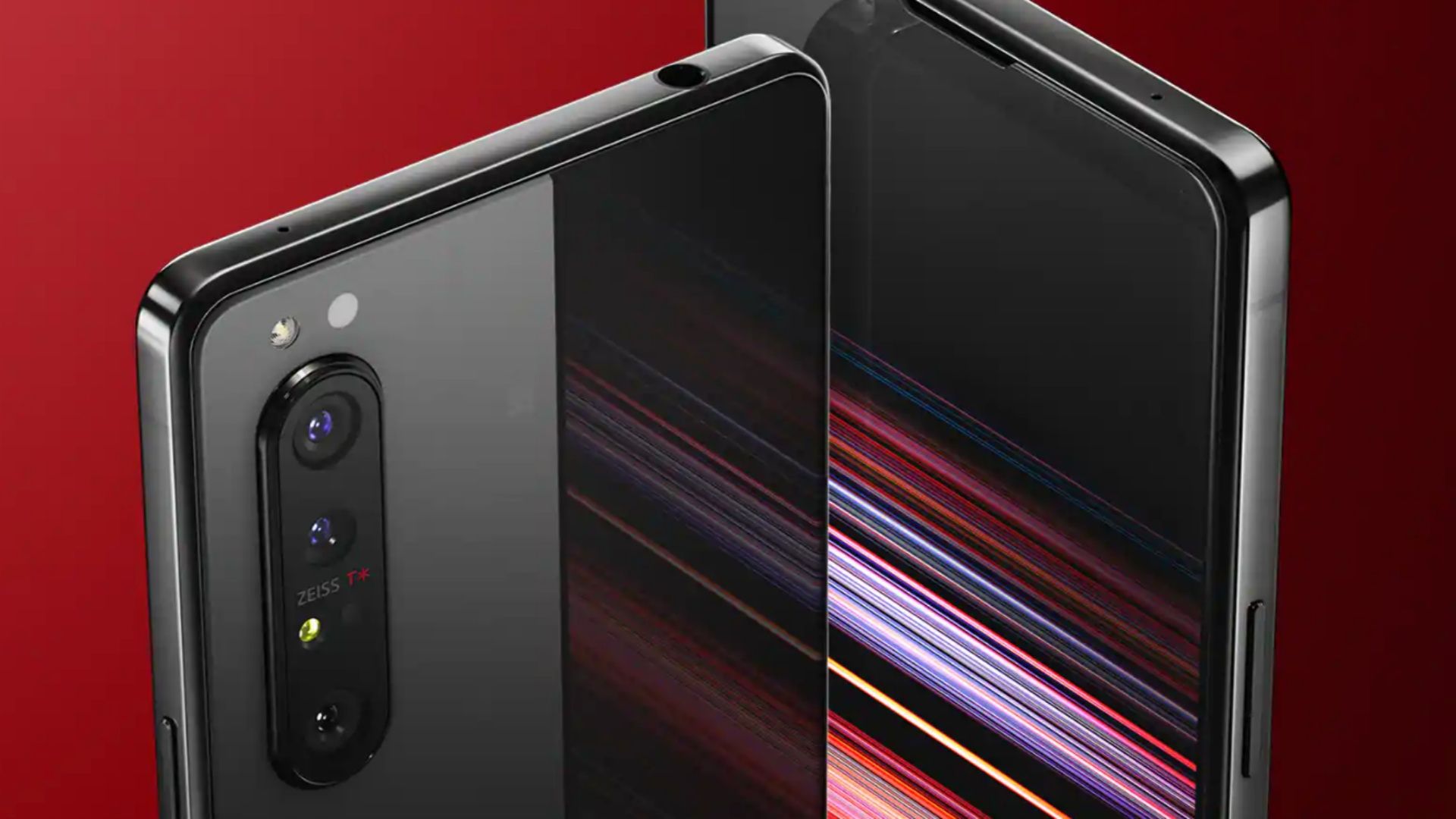- BanklessTimes has presented data showing the smartphones with the highest radiofrequency (RF)radiations.
- The presentation shows Google Pixel and Sony Xperia phone models as some of the worst emitters.
- All phones do emit some level of radiation, and to date, there isn't evidence that RF radiations are harmful to humans.
A new data presentation has ranked different smartphones according to their radiation levels. The analysis by banklesstimes.com indicates that Google Pixel and Sony Xperia are among the highest emitters. However, as per the listing, the two aren’t the worst emitters.
BanklessTimes’ presentation considered different phones’ specific absorption ratios (SAR). SAR measures the rate at which the human body absorbs radio frequency electromagnetic field (RF-EMF) waves. The results are in watts per kilogram (W/Kg).
Which smartphones emit the most radiation?
Motorola Edge wins the dubious honor of being the worst emitter. The phone recorded a SAR measure of 1.79 W/Kg.
It had some 0.20 W/Kg more than the second-placed phone, the Axon 11 5G. And rounding the top three was the OnePlus 6T which had an SAR rating of 1.55.
Sony contributes two smartphone models to the top ten list. These are the Xperia XA2 plus and Xperia XZ1 Compact.
The former occupies the fourth slot with a SAR of 1.41. Meanwhile, the latter takes the eighth spot with emissions of 1.36 W/Kg.
Google’s phones dominate the top 10
Google, too, is well represented here. The tech giant has three out of the top ten biggest emitters. Its Pixel 3XL and its variant Pixel 3a XL placed fifth with a SAR of 1.39. Further, its Pixel 4a model had a 1.37 score on the measure.
Also, Google’s Pixel 3, similar to the OnePlus 6, took the ninth position with emissions of 1.33W/kg. Oppo has a single entry in the top ten. It’s Oppo Reno5 5G shares the sixth position jointly with Google Pixel 4A. Like the latter, it also returned a radiation measure of 1.37 W/Kg.
What’s the significance of SAR ratings?
The increasing cancer incidences have increased the focus on cancer-causing agents. That, in turn, has brought phone radiations under scrutiny. Many nations have set SAR levels that devices selling in their jurisdictions must meet. For instance, in America, the Federal Communications Commission insists on a maximum SAR of 1.6.
It’s important to note that all cell phones emit some level of radiation. But the volume of emissions varies with many factors. These include the type of device and model, its age, and the strength of its transmitting antenna. Another factor is the distance from the nearest cell tower.
Are cell phone radiations harmful?
Our phones emit RF waves within the electromagnetic spectrum. Whereas 2G to 4G emit RFs in the 0.7–2.7 GHz range, 5G phones can do so up to 80 GHz. Owing to their low frequency, these are low energy frequencies hence nonionizing. Their low energy isn’t sufficient to alter DNA, thereby heightening cancer risks.
We absorb energy from devices emitting RF radiation. Their only effect is the heating up of the body part next to the cell phone. But that heating is too weak to raise the core body temperature significantly. So far, there isn’t any evidence of RFs causing humans harm.
The FDA proposes several actions that you can take to limit your exposure to cell phone radiation. These include using mobile phones for shorter durations. Alternatively, you can use their hands-free technology features.












